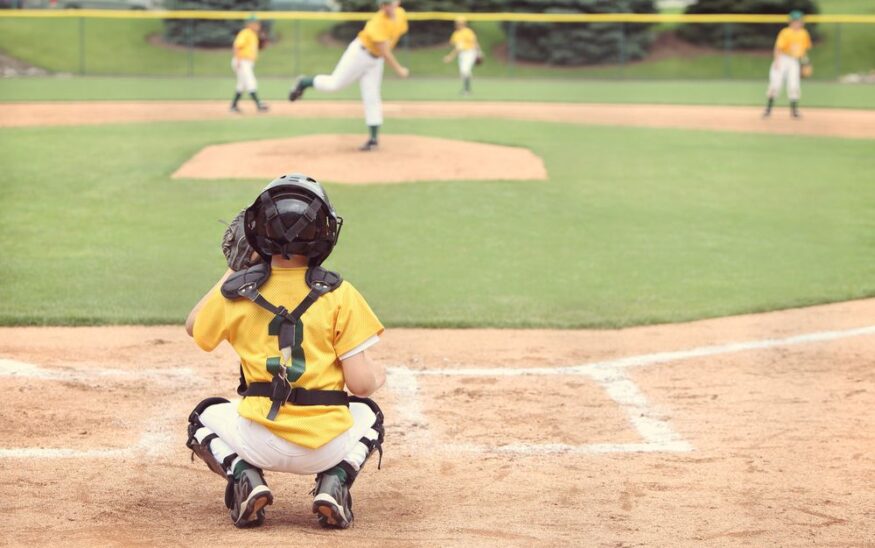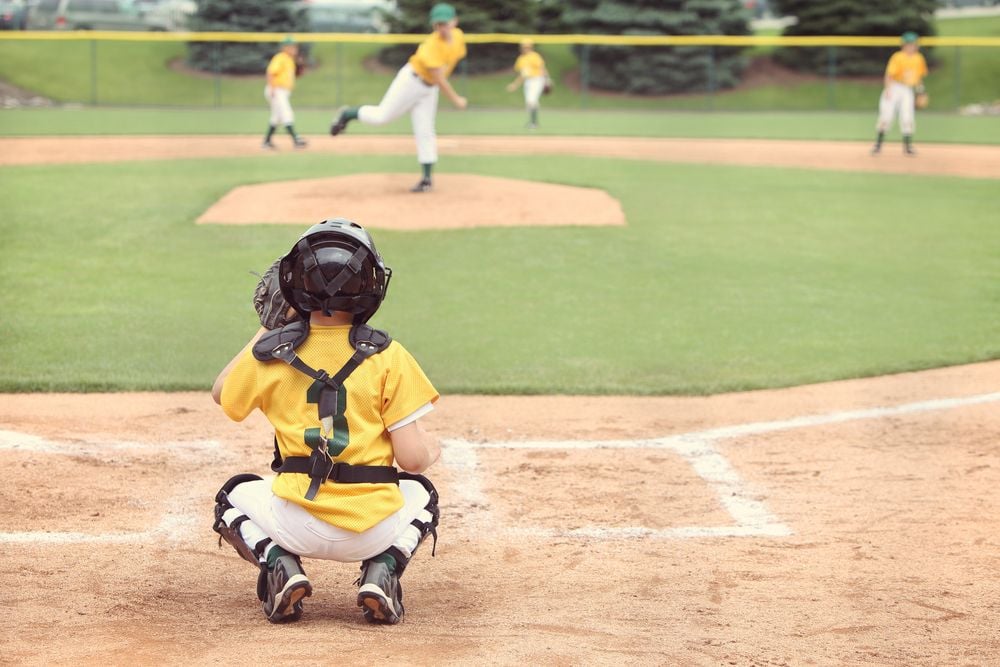If you played ball as a kid, you won't like this
Youth baseball is on a downslide, and here's why it matters
Stewart Schley //June 29, 2016//


If you played ball as a kid, you won't like this
Youth baseball is on a downslide, and here's why it matters
Stewart Schley //June 29, 2016//

Let’s clamber into the time machine, sports fans, and punch in the coordinates: Tuesday afternoon, June 1971, a ballpark near Arvada’s Allendale Elementary. Look there! That’s me, the kid with the red hair jutting from a cap, patrolling center field. Scan the area ballparks and you’ll find pretty much everybody else there, too. Back then, most kids played ball. Or at least it seemed that way.
Not anymore. Youth baseball is on a downslide, with the number of kids who participate sliced by more than one-third over the last 13 years. The National Sporting Goods Association reports 5.7 million kids between the ages of 7 and 17 played baseball in the U.S. last year. That’s a tiny uptick from 2014, but it’s way down from the 9 million who took to the field in 2002.
Besides evoking a sigh for the nostalgia of youth baseball past, who cares? Well, Major League Baseball does. Its research shows the best predictor of whether adults come to ball games is whether they played the game as kids. A declining youth player population spells next-generation trouble. Retailers care, too. The sobering bankruptcy of venerable Colorado sports retail chain Sports Authority signals broader troubles in the market for kids’ sports gear, once a mainstay category.
A grab bag of usual suspects commonly gets cited for baseball’s declining appeal. There’s the siren song of video games, which often are blamed for keeping kids, boys especially, off the diamond and in the basement. There’s the fact that parents are more likely to maintain dual careers, making it harder to shuttle kids to and from practices and games. There’s the tilt toward early sports specialization that forces families to make (absurd) choices about devoting the next 10 years to a single athletic specialty. And finally, there’s the cost. For elite players on club teams, it’s not unusual for families to spend $5,000 or more per season on equipment, travel and tournament fees.
In Colorado, and probably elsewhere, there’s another interesting influence: how good the hometown boys are playing. After the Colorado Rockies made a lone trip to the World Series in 2007, registration for southeast Denver’s Centennial Baseball-Softball Association shot up by more than 30 percent, to around 1,500 applicants, says league manager Randy Seifert. Since then, the player pool has settled at around 750 kids.
Seifert, who started coaching nearly 20 years ago, sees kids being stretched in lots of different directions by recreational options that didn’t exist in his youth. Swimming, with its demand for early morning competitions on Saturdays, causes especial consternation for youth baseball leagues, which ritually stage games the same day. Seifert also sees more kids choosing lacrosse, one of the few youth sports that’s attracting a rising player base.
One of the ironies of the youth baseball downturn is that even as the player population decreases, there have never been more resources available to turn out elite players. Business is growing steadily at Slammers Baseball, the Englewood-based facility where about 1,200 serious players hone their skills and play on competitive travel teams, says president Mark Holzemer.
Three players he began coaching at the age of 12 (including the son of Rockies manager Walt Weiss) are about to head to college on baseball scholarships. Another Slammers protégé, former Denverite A.J. Schugel, is pitching this season for the Pittsburgh Pirates.
Holzemer, a former pro who doubles as a player scout for the Rockies, is among those who lament the bygone era when kids played multiple sports and organized pick-up sandlot baseball games. He encourages his own kids to play multiple sports.
“I don’t like the specialization too early,” he says. “But unfortunately we’re seeing a lot of that now.”
One way major league baseball hopes to combat the player erosion is by encouraging a throwback-style game kids can play in their backyards. The product brand it’s backing, backyard sports, combines inexpensive gear with … wait for it … video games kids can play on mobile devices. It may not exactly evoke the memory of taking batting practice on a dusty school field with a wad of big mouth bubble gum behind your teeth, but hey, it is 2016. And rallies have to start somewhere.






















